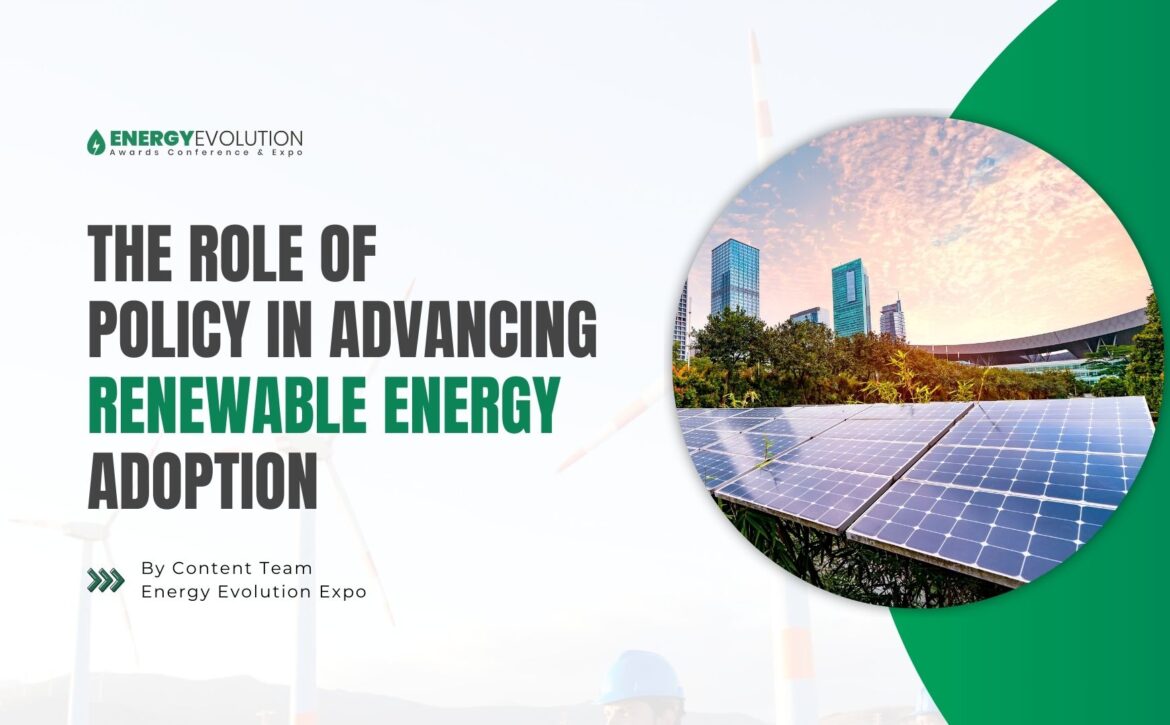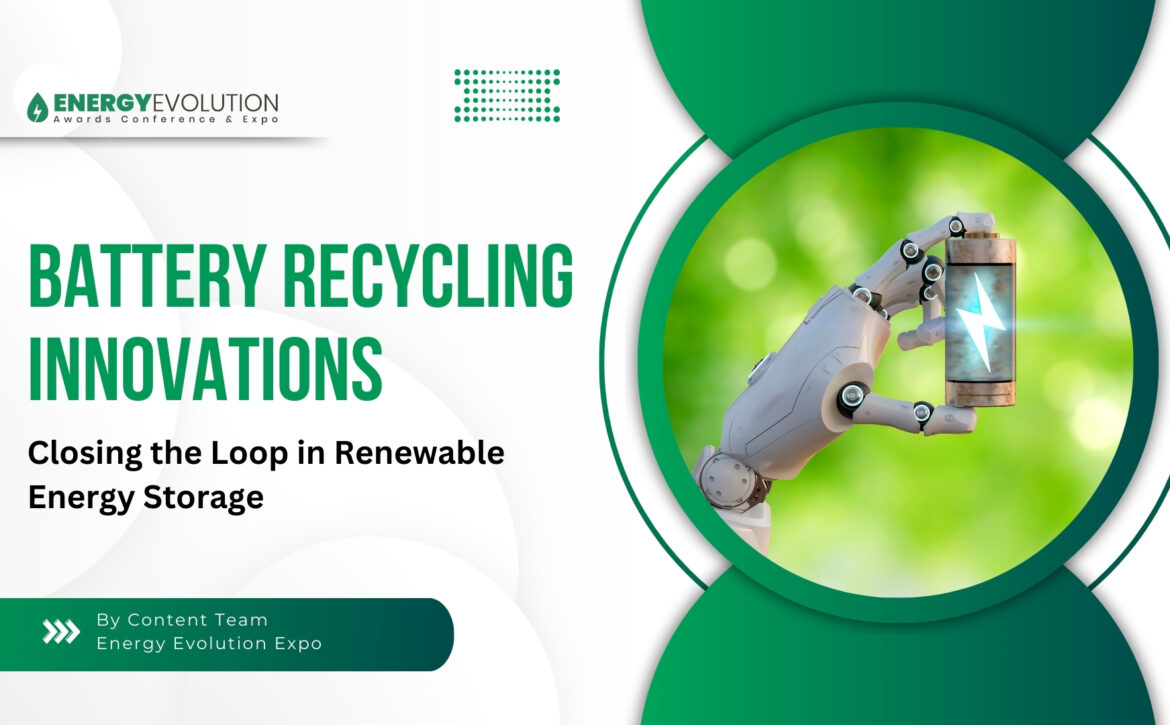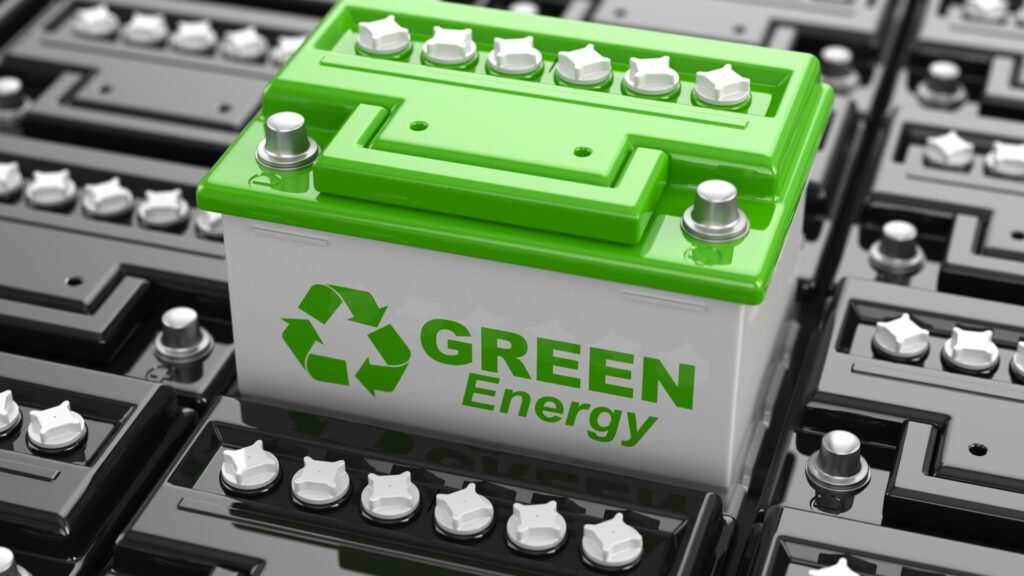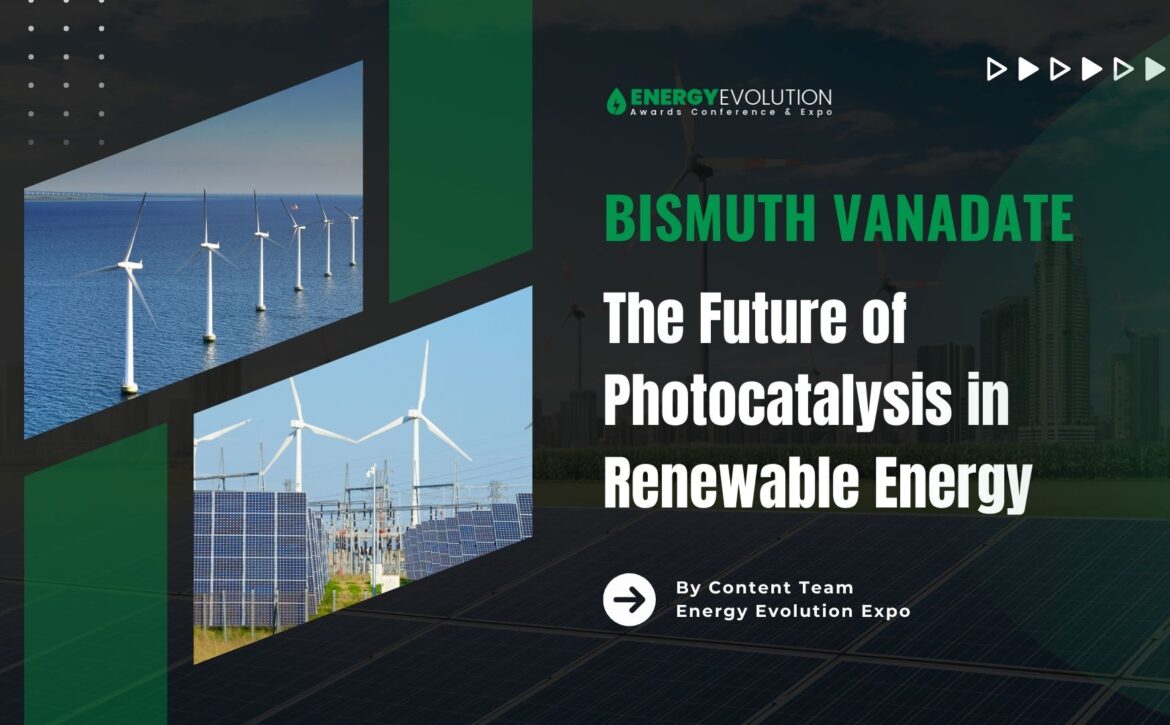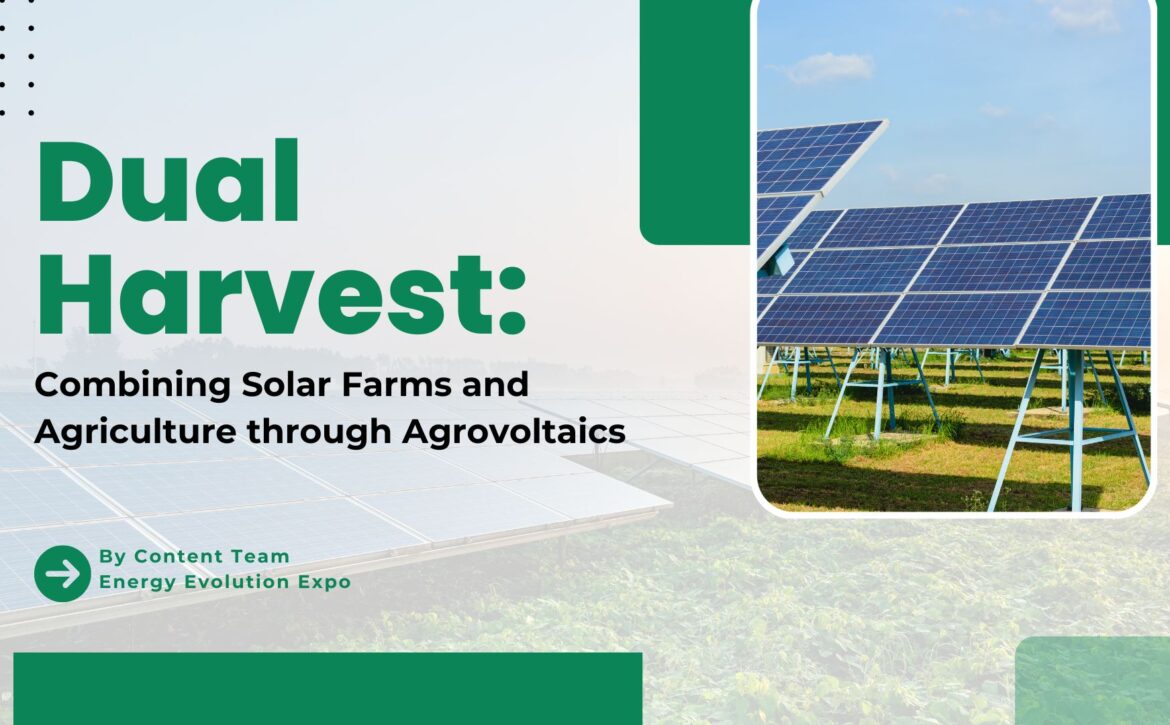The Role of Photocatalysis in Renewable Energy
The global energy crisis and the pressing need to mitigate climate change have driven the scientific community to explore alternative and renewable energy sources. Among these, solar energy stands out due to its abundance and potential to provide clean, sustainable power. However, effectively harnessing and converting solar energy remains a significant challenge. Photocatalysis, a process that uses light to accelerate a chemical reaction, has emerged as a promising solution, particularly in applications such as water splitting, environmental purification, and CO₂ reduction.
Photocatalysis offers a direct approach to converting solar energy into chemical energy, typically in the form of hydrogen fuel. The key to this process is the development of efficient photocatalysts—materials that can absorb sunlight and drive the necessary chemical reactions. Among the various photocatalysts studied, bismuth vanadate (BiVO₄) has garnered significant attention due to its unique properties and potential for high efficiency in solar energy conversion.
What is Bismuth Vanadate Photocatalyst?
Bismuth vanadate (BiVO₄) is a semiconductor material known for its visible light absorption properties, making it an excellent candidate for photocatalytic applications. It belongs to the family of metal vanadates and exists in three polymorphs: monoclinic scheelite, tetragonal scheelite, and zircon. The monoclinic phase is particularly interesting because of its superior photocatalytic activity under visible light irradiation.
BiVO₄’s band gap, approximately 2.4 eV, allows it to absorb a significant portion of the solar spectrum, especially the visible light range, which constitutes about 43% of the sunlight reaching Earth’s surface. This absorption capacity positions BiVO₄ as a prime candidate for various photocatalytic processes, including water splitting to generate hydrogen, a clean and renewable fuel.
How BiVO4 Works
1. Structure and Properties
The crystal structure of bismuth vanadate plays a crucial role in its photocatalytic performance. The monoclinic scheelite structure of BiVO₄, which is more stable and efficient under visible light, is composed of Bi³⁺ and V⁵⁺ cations surrounded by oxygen anions. This structure results in a distortion that enhances the separation of photo-generated electron-hole pairs, a critical factor for efficient photocatalysis.
The band structure of BiVO₄ is another key feature. The conduction band (CB) is primarily composed of V 3d orbitals, while the valence band (VB) is derived from O 2p and Bi 6s orbitals. This composition allows BiVO₄ to efficiently absorb visible light and generate charge carriers (electrons and holes) necessary for driving photocatalytic reactions.
2. Photocatalytic Mechanism
The photocatalytic process in BiVO₄ involves several steps:
– Light Absorption: When BiVO₄ is exposed to sunlight, it absorbs photons with energy equal to or greater than its band gap (2.4 eV). This absorption excites electrons from the valence band to the conduction band, creating electron-hole pairs.
– Charge Separation: Effective charge separation is crucial for photocatalysis. In BiVO₄, the crystal structure aids in preventing the recombination of electrons and holes, thus increasing the availability of these charge carriers for redox reactions.
– Surface Reactions: The excited electrons and holes migrate to the surface of the BiVO₄ particles, where they participate in redox reactions. For instance, in water splitting, the electrons reduce protons to hydrogen, while the holes oxidize water molecules to oxygen.
3. Synthesis and Modification Techniques
Several methods are employed to synthesize BiVO₄, including solid-state reactions, sol-gel processes, and hydrothermal methods. These techniques influence the crystallinity, morphology, and photocatalytic efficiency of the material.
To enhance the photocatalytic performance of BiVO₄, various strategies are employed:
– Doping: Incorporating metal or non-metal dopants into the BiVO₄ structure can modify its electronic properties, reducing the band gap or improving charge separation.
– Heterojunction Formation: Combining BiVO₄ with other semiconductors to form heterojunctions can improve charge carrier mobility and reduce recombination rates, thus enhancing photocatalytic efficiency.
– Surface Modification: Coating BiVO₄ with co-catalysts like noble metals (e.g., Pt) can enhance the surface reaction kinetics by providing active sites for redox reactions.
Companies Manufacturing Bismuth Vanadate and Its Applications
Several companies worldwide are involved in the production of bismuth vanadate photocatalysts or its precursor materials:
– Sigma-Aldrich (Merck Group): A leading supplier of chemicals and reagents, including bismuth vanadate powders, used in research and development for photocatalytic applications.
– American Elements: This U.S.-based company provides high-purity bismuth vanadate and other advanced materials to various industries, including solar energy research.
– Solvay S.A.: A Belgian chemical company, Solvay, produces specialty chemicals and advanced materials, including vanadium-based compounds that are precursors for bismuth vanadate.
– Treibacher Industrie AG: An Austrian company that manufactures a range of vanadium compounds, including those used in the synthesis of bismuth vanadate for photocatalytic applications.
2. Companies and Sectors Utilizing Bismuth Vanadate
Bismuth vanadate photocatalysts are being utilized in several industries, particularly those focused on renewable energy and environmental sustainability:
– Renewable Energy Companies: Companies such as First Solar and Enel Green Power are exploring advanced materials like BiVO₄ for solar energy conversion and hydrogen production. While they may not be directly manufacturing BiVO₄, they collaborate with research institutions and materials companies to integrate these photocatalysts into solar technologies.
– Environmental Remediation Firms: Companies like Veolia and SUEZ are involved in water treatment and air purification, sectors where BiVO₄ photocatalysts can be applied for degrading pollutants under sunlight, contributing to cleaner environments.
– Automotive Industry: The automotive sector, particularly companies focusing on hydrogen fuel cell technology, such as Toyota and Hyundai, are interested in materials like BiVO₄ for water-splitting applications to produce hydrogen, which can be used as a clean fuel in hydrogen-powered vehicles.
– Paint and Coatings Industry: BASF, a global chemical company, utilizes bismuth vanadate in pigments for coatings due to its stability and non-toxic nature. Although this application is more traditional, there is potential for photocatalytic paints that use sunlight to clean the air, with research into BiVO₄ as a key material.
3. European and Global Examples
– Europe: In Europe, companies like Siemens are investing in hydrogen production technologies, where BiVO₄ could play a role in sustainable energy solutions. Additionally, research institutions such as the Max Planck Institute for Chemical Energy Conversion in Germany and CIC EnergiGUNE in Spain are leading the research into new materials for energy conversion, including bismuth vanadate.
– Global: On a global scale, Honda Research Institute in Japan has been at the forefront of studying BiVO₄ for water splitting. Their work could lead to the integration of these photocatalysts into commercial hydrogen production systems, supporting the automotive and energy sectors.
Bismuth vanadate photocatalysts are expected to play a crucial role in the future of solar energy conversion, particularly in water splitting for hydrogen production. Research is ongoing to improve the efficiency of BiVO₄ through various modifications and to develop scalable synthesis methods that are both cost-effective and environmentally friendly.
Benefits and Disadvantages of Bismuth Vanadate Photocatalysts
Benefits
1. Visible Light Absorption
Bismuth vanadate (BiVO₄) has a band gap of approximately 2.4 eV, making it effective at absorbing visible light, which constitutes a significant portion of the solar spectrum. This allows for better utilization of sunlight compared to other photocatalysts like titanium dioxide (TiO₂), which primarily absorbs ultraviolet light.
2. High Photocatalytic Efficiency
The monoclinic crystal structure of BiVO₄ enhances the separation of photo-generated electron-hole pairs, reducing recombination and improving photocatalytic efficiency. This makes it more effective in solar-driven processes like water splitting for hydrogen production.
3. Environmental Benefits
BiVO₄ is non-toxic and environmentally friendly, making it a sustainable choice for applications in water purification, air purification, and renewable energy production. Its use can help reduce the reliance on fossil fuels and decrease greenhouse gas emissions.
4. Versatility in Applications
BiVO₄ can be used in a wide range of photocatalytic applications, including hydrogen production, CO₂ reduction, and environmental remediation. Its ability to work under visible light makes it suitable for real-world conditions, enhancing its practical applications.
5. Scalability Potential
The synthesis of BiVO₄ can be achieved through various methods, such as solid-state reactions and hydrothermal processes, which can be scaled up for industrial applications. This scalability is crucial for commercial adoption in large-scale energy conversion systems.
Disadvantages
1. Relatively Low Quantum Efficiency
Despite its advantages, BiVO₄ suffers from relatively low quantum efficiency compared to some other advanced photocatalysts. This limits the overall conversion efficiency of solar energy to chemical energy, necessitating further research and improvement.
2. Photocorrosion Issues: BiVO₄ is prone to photocorrosion, especially in aqueous environments during water splitting. This degradation over time reduces its effectiveness and lifespan, making it less suitable for long-term applications without protective measures or modifications.
3. Complexity of Synthesis and Modification
Achieving high photocatalytic performance often requires complex synthesis methods or modifications, such as doping or forming heterojunctions with other materials. These processes can increase production costs and complicate the scaling up of manufacturing.
4. Limited Charge Carrier Mobility
The mobility of charge carriers (electrons and holes) in BiVO₄ is lower compared to some other photocatalysts. This can lead to higher recombination rates of electron-hole pairs, reducing the overall efficiency of the photocatalytic process.
5. Temperature Sensitivity
BiVO₄’s photocatalytic activity can be sensitive to temperature variations. In some cases, high temperatures may adversely affect its structure and performance, limiting its applicability in certain environments.
Expectations and Future Prospects
Bismuth vanadate photocatalysts are expected to play a crucial role in the future of solar energy conversion, particularly in water splitting for hydrogen production. Research is ongoing to improve the efficiency of BiVO₄ through various modifications and to develop scalable synthesis methods that are both cost-effective and environmentally friendly.
Future advancements may include
– Nanostructuring: Designing BiVO₄ at the nanoscale to increase surface area and enhance light absorption.
– Hybrid Systems: Developing BiVO₄-based hybrid systems that combine multiple photocatalysts to utilize a broader spectrum of sunlight.
– Integration with Solar Panels: Combining BiVO₄ with photovoltaic cells to create tandem systems that can simultaneously generate electricity and produce hydrogen.
The potential of BiVO₄ in renewable energy applications is immense, and continued research is likely to yield even more efficient and versatile photocatalysts.
Bismuth vanadate (BiVO₄) stands at the forefront of photocatalyst research due to its ability to harness visible light for solar energy conversion. With a band gap well-suited for absorbing a significant portion of the solar spectrum and a crystal structure that facilitates efficient charge separation, BiVO₄ has shown great promise in applications like water splitting. However, challenges remain, particularly in enhancing its efficiency and stability for large-scale applications.
As the world continues to shift towards renewable energy sources, the development of efficient photocatalysts like BiVO₄ will be critical. Through ongoing research and innovation, bismuth vanadate could become a cornerstone in the quest for sustainable and clean energy solutions, paving the way for a future where solar energy is a primary power source.
We need to keep up with all recent innovations to reap maximum benefits and to facilitate a better understanding of the latest developments and trends in the Renewable energy Industry, various Conferences and Expos, which bring Industry leaders together, serve as an all-inclusive platform.
The Energy Evolution Awards, Conference, and Expo organized by Next Business Media is making its debut in Spain in 2025. It will be a leading forum dedicated to honoring excellence in Energy Technology, showcasing innovations, and fostering collaborations. The events unite industry leaders, and visionaries to explore the latest advancements, tackle key challenges, and shape the future of Energy.
The Energy Evolution Awards, Conference, and Expo will celebrate outstanding achievements, promote sustainable practices, and drive the Energy Industry forward into a technologically advanced sustainable era. Energy Evolution Awards, Conference, and Expo will be a platform for cultivating innovation and shaping a brighter, more efficient energy landscape.
Bismuth Vanadate: The Future of Photocatalysis in Renewable Energy


